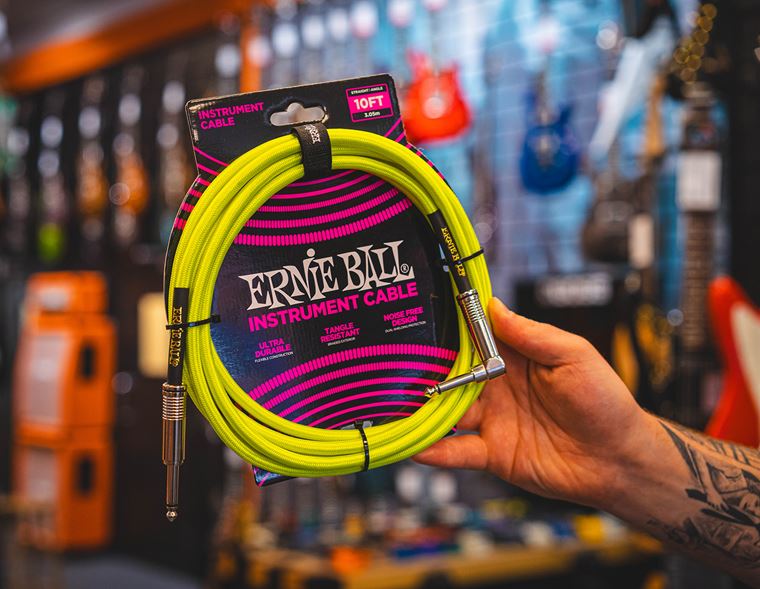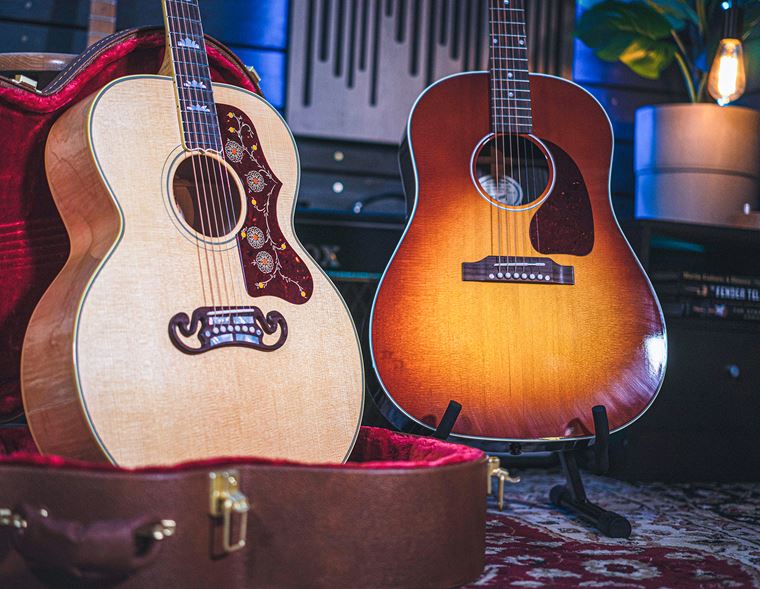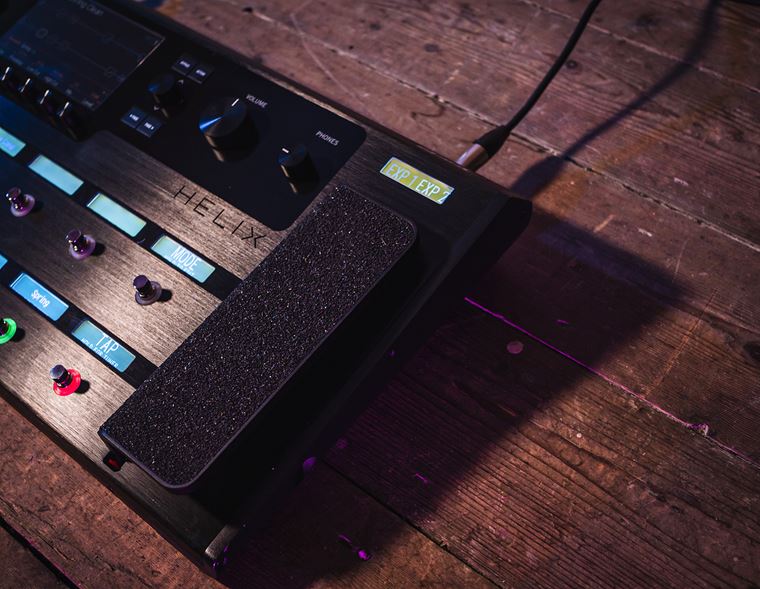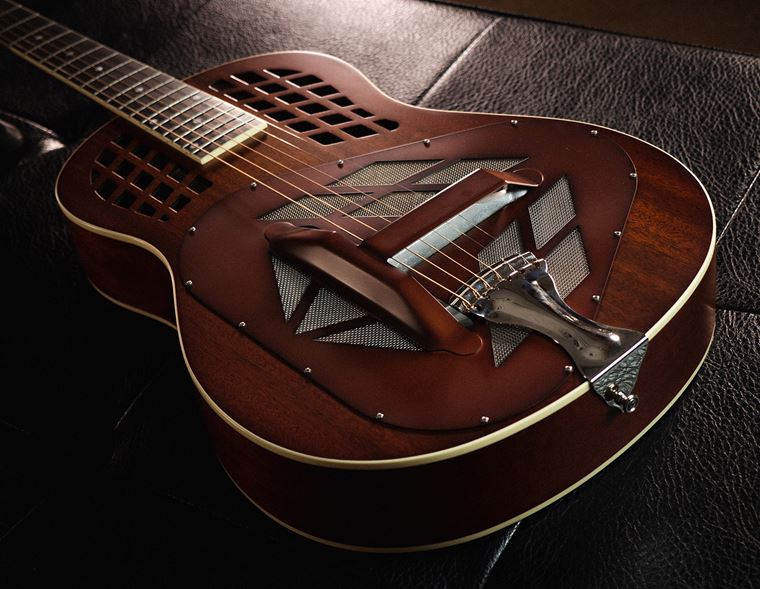Beginners Guide to Guitar Maintenance (Updated for May 2021)
Let’s talk about guitar maintenance!
Guitars go through a lot and can get pretty grimy fast. We're talking dirt, grease, and oil. Sounds nasty, right? Whether you're a full-time shredder or a part-time jammer, it's important to care for your instrument properly so you can keep it sounding and looking sweet.
If you don't know where to start on your guitar maintenance journey, you've come to the right place. We’re here to help! The following is a simple guitar maintenance guide to caring for your guitar properly, allowing you to get the most out of your beloved instrument. Follow all these important steps and you’ll have one happy axe. Let’s begin...
Keep It Clean
Cleaning your guitar is one of the most basic yet most important steps you can take to ensure your guitar is super happy. Whether you’re playing a budget-friendly guitar or a custom shop masterpiece, every guitar needs to be cleaned regularly.
If you've ever cleaned your guitar with furniture polish, STOP. Please. Your guitar will thank you later. We really don’t advise using furniture polish as it can affect some finishes. While many guitar manufacturers are using virtually impenetrable lacquers which are highly resistant to most common chemicals, it's best to avoid giving your guitar a wipe down with the cloth you clean your coffee table or chest of drawers with. As a rule of thumb, it's best to care for your instrument with specific cleaning products designed for guitars. That way you'll know that what you're using is safe and won't damage your axe.
To keep your guitar in tip-top condition, simply wipe occasionally with a clean, dry microfiber cloth from top to bottom before and after your playing sessions. This is incredibly simple and something that should become second nature to you as a player.

Change Your Strings
Let’s face up to facts here, old strings suck. They don’t sound great, they feel horrible and are just straight up nasty! Old strings are more prone to breaking unexpectedly and are difficult to keep in tune, not ideal! It’s important to change your strings regularly, approximately every 100 hours of practice or every three months, whichever one comes first.
Obviously, this really depends on how often you are playing and if you’re cranking out the riffs 24/7, we’d recommend changing them as soon as you see signs of wear. With fresh shiny new strings, you’ll be feeling and sounding amazing.
Never changed strings before and don’t know where to start? Follow our handy video guide with the lovely Kieran from Glasgow below and learn how to restring like a pro!
Care For Your Fretboard
Did you know that having a dirty fingerboard can affect your technique and tone? Yup, it’s true. Keeping your fretboard in good nick is super important. When cleaning your fretboard, it’s important to clean it according to its wood.
For rosewood/ebony fretboards that aren’t too mucky can be cleaned simply with a damp microfiber cloth and some good old muscle power. However, if you find yourself with a little more dirt on your fretboard than you’d care to admit, using a dedicated fretboard cleaner is a good shout. Since rosewood and ebony boards aren’t treated with any lacquer, applying a little lemon oil can ensure that it doesn’t dry out. A super dehydrated fingerboard can cause cracking and shrinkage, which is something you definitely don’t want!
For those with a maple fretboard, and depending on the amount of dirt, a slightly damp (again, not soaking) clean microfiber cloth and some classic elbow grease will do the job.
The Full Whack
Lastly, to keep your guitar sounding and feeling amazing, it’s important to get it checked out by a professional every so often. Billy, our resident Guitar Luthier at guitarguitar Glasgow, recommends doing this every six months. He suggests you do this because the guitar is made of wood (in most cases) and breathes and adjusts to the humidity in the surrounding air by absorbing it through its grain. This causes the guitar to both shrink and swell, which knocks the setup out of balance. This happens when the seasons change too, as your guitar adjusts to cold, damp, warm or dry air. So, in order to keep your axe feeling happy, it's always a great idea to get it checked out now and again!
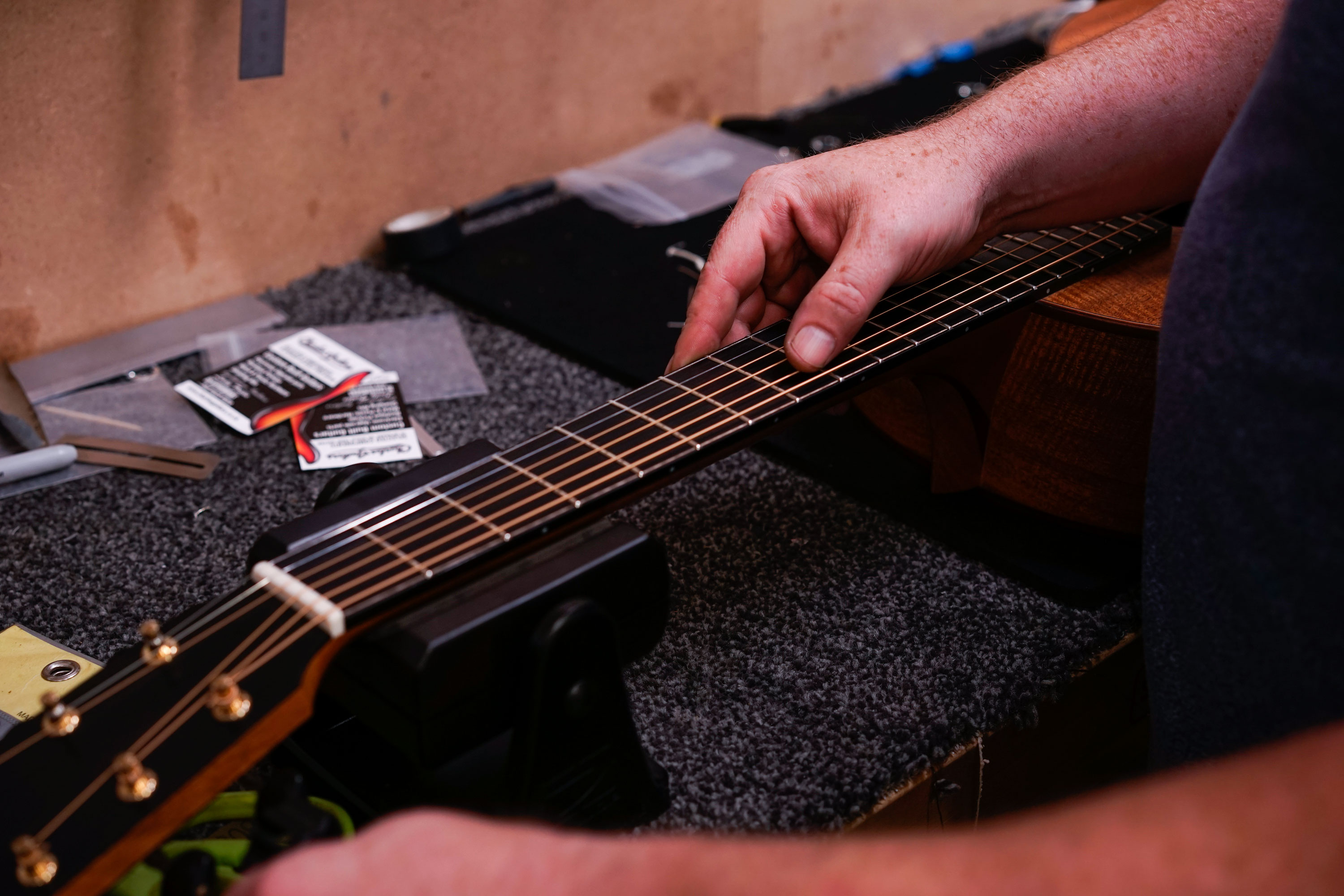
Final Thoughts
Well, there you have it rockers. If this blog post reminds you to give your axe some good ole TLC in the near future, then our job is done here. If you have any questions or would like us to go more in-depth about any of the topics we mentioned, let us know and we'll be happy to help.

